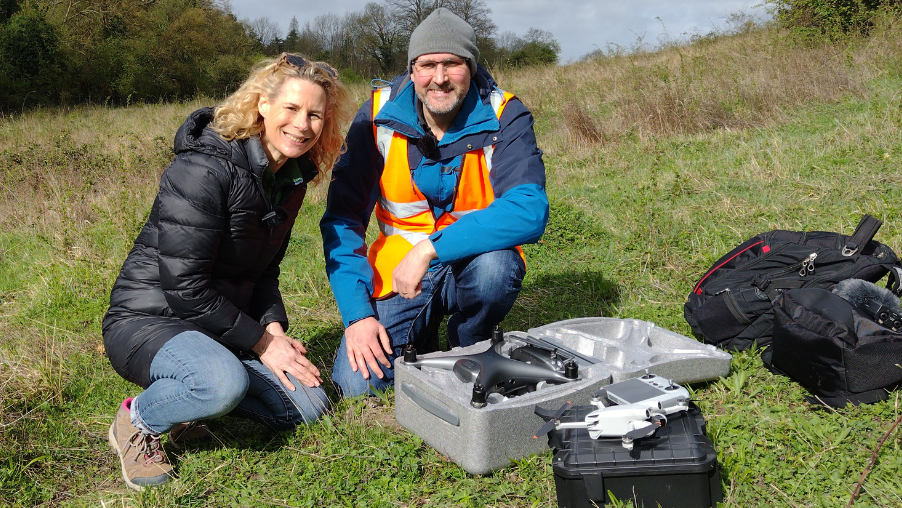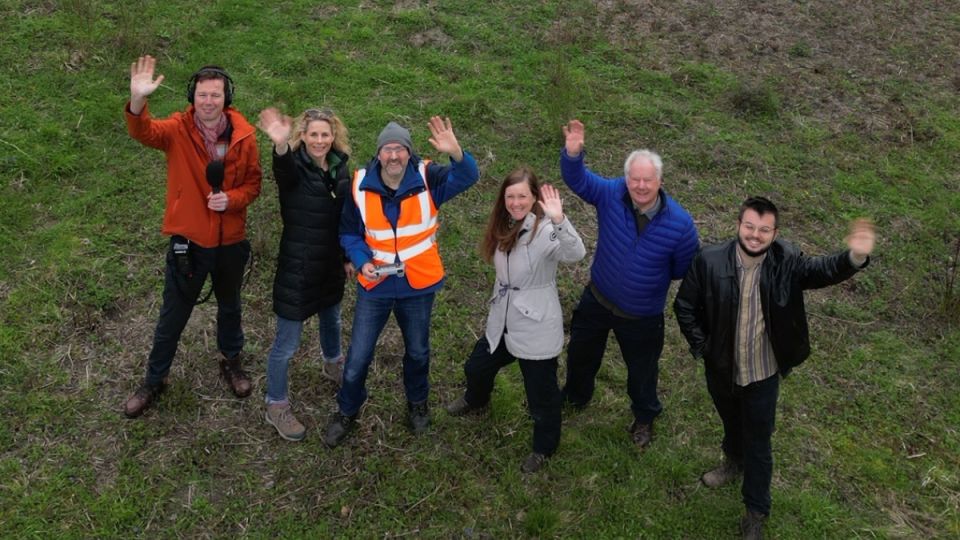Drones can find casualties within minutes - pilot

Drones can reach people stuck on treacherous mountain terrain in minutes, while it would take a search and rescue team hours.
Pilot David Champion says drones can be fitted with lights and speakers so emergency workers can communicate with people in danger.
Mr Champion, from Surrey, said: "With search and rescue - especially in mountain terrain where it’s really difficult to get to for the team – it could take maybe hours. A drone will get there in minutes.”
His Open Sky Media company is now using drones to monitor changes to chalk grassland by taking images of the landscape over many months – known as photogrammetry.
“We went to the National trust and went helped them with their chalk grasslands around Box Hill," he told BBC Radio Surrey at the Quarry Hangers nature reserve, near Caterham.
"[We did] some photogrammetry and they could then see what was happening with the erosion.
“We’re just at the cusp of where drones are beginning. The police and search and rescue are starting to use drones now."

Mr Champion said his drone is tracked by 24 satellites at a time, meaning it can plot the route it has taken and accurately assess the height and undulations of difficult terrain.
He says this helps with rescue missions and means the drone can be flown in the same path to take images for photogrammetry.
“You could very easily get lost in trees and the bush areas," he said. "A thermal camera would pick [you] up through all of that."
Pilots flying drones weighing less than 250g (8.81oz) do not require a licence, though if the drone is fitted with a camera the operator needs permission from the Civil Aviation Authority.
Anyone using a drone weighing over 250g requires a flyer ID and an operator ID from the CAA.
Follow BBC Surrey on Facebook, and on X. Send your story ideas to southeasttoday@bbc.co.uk or WhatsApp us on 08081 002250.

